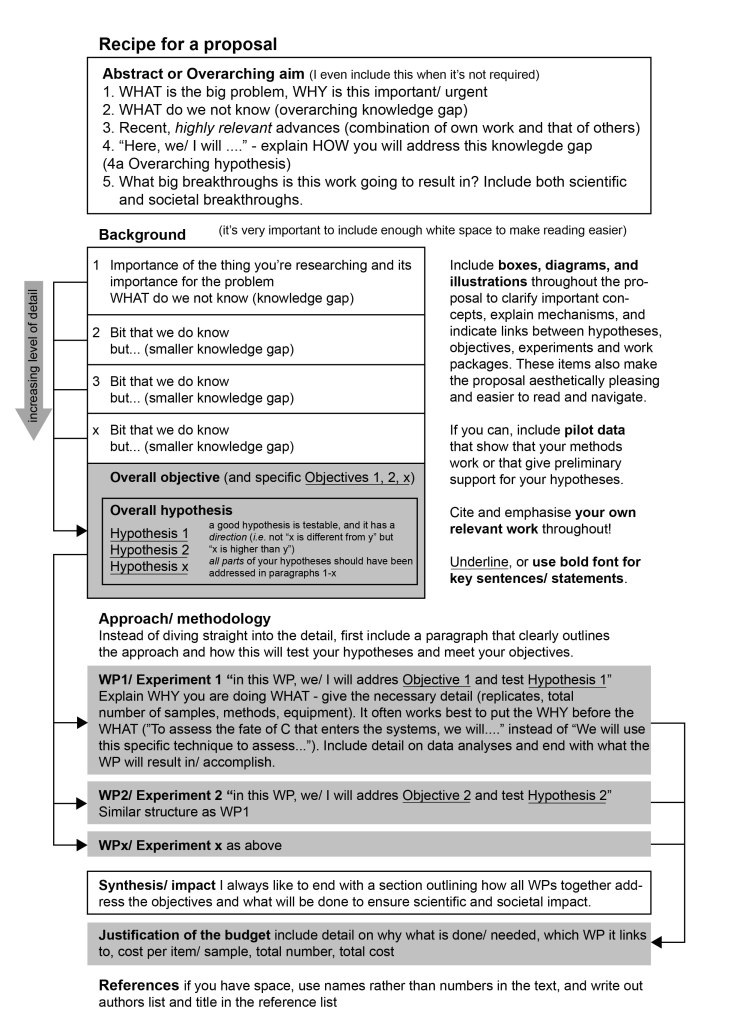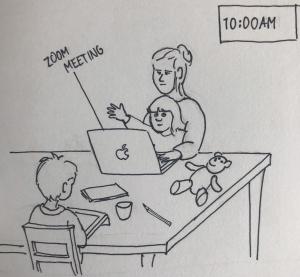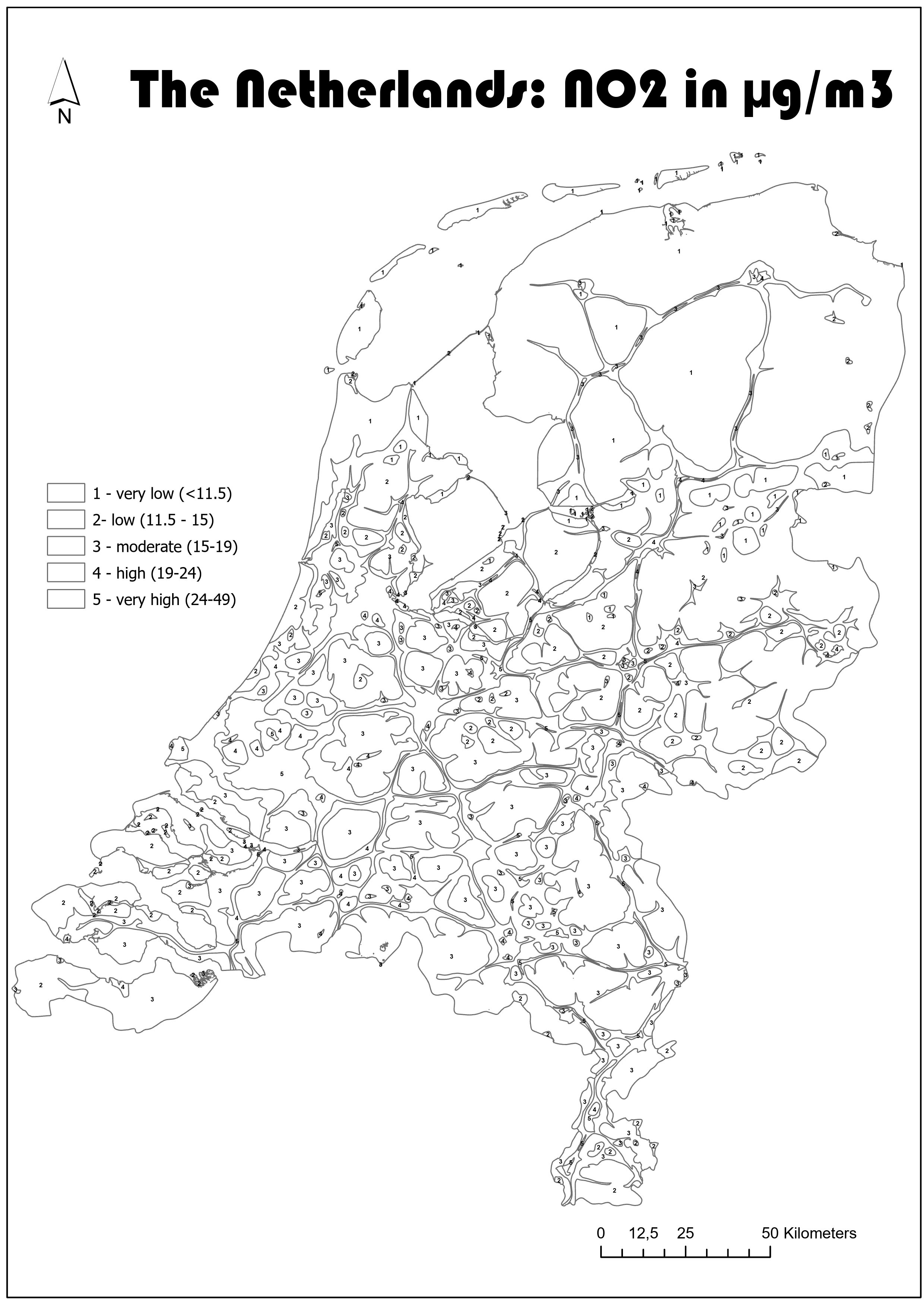This post is about structuring a paragraph, and about stringing paragraphs together. I’ve written about the overall structure of a scientific paper in my previous post, but I’ve noticed that many people put very little thought into structuring the text within their paragraphs. Because we’re never really taught this! And as a result, paragraphs can feel disjointed, unfinished, and sometimes even chaotic! So, how do you structure a paragraph and make it easy – enjoyable even! – to read, how do you make sure the reader gets your point, and how do you make sure the flow of your paragraphs is logical and coherent?
I like to start a paragraph with the most important sentence. See, I just did that. That first sentence? That should make the point you want the reader to remember. Once you’ve made that point, you can explain it in a bit more detail in the rest of the paragraph. Why is it so important to make the most important statement in the first sentence? Because the attention of the reader will fade as they read on, but they do want to read on to learn about the point that you’ve just made. So, explain it, give a few examples, or maybe even insert a contradiction – something that does not support what you just said. And once you’ve done that, you need a transition to the next paragraph. Really, like a teaser to make the reader curious about what you’re going to write about next. That contradiction that I just suggested? That’s the ideal transition to the next paragraph.
Why did I suggest inserting a contradiction? Well, because sometimes it works differently! Sometimes, you can make your point in the second sentence (and I just did that!). It can become very repetitive – boring – if every paragraph looks the same and follows the same format. And scientific writing is not just about getting the message across, I think it should also be about writing something that’s a joy to read. You can try different formats, and sentences and paragraphs of different length. You can insert commas, brackets, semicolons, m-dashes – anything to make the text a bit more playful and break up long sentences! Really, within that rather rigid format for scientific papers, you can be creative.
Continue reading


